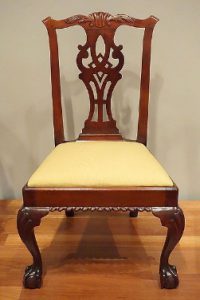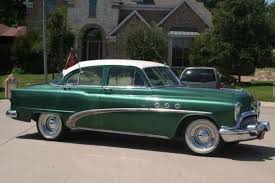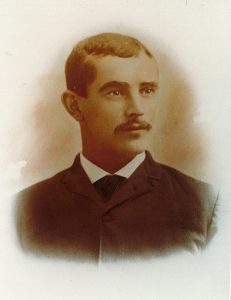 More than a decade ago I had the opportunity to edit Richard Evans’s account of the ancestry of Diana, Princess of Wales. Looking now at the finished product gives me great pleasure: it seems to me both intrinsically interesting as an expansive view of one person’s (fascinating) ancestry and connections, as well as a useful model for managing large amounts of genealogical information.
More than a decade ago I had the opportunity to edit Richard Evans’s account of the ancestry of Diana, Princess of Wales. Looking now at the finished product gives me great pleasure: it seems to me both intrinsically interesting as an expansive view of one person’s (fascinating) ancestry and connections, as well as a useful model for managing large amounts of genealogical information.
Of course, in looking at the book now my eye is drawn to some entries that (at least in part) defeated the author and defeated me – in our efforts to use the best sources available, there were some people in the more recent generations who could not be fully documented. Now, with some distance – and noting that more genealogical resources come online daily – I have taken a fresh look at some of the “problem children” to see what I could find. Continue reading Revisiting the Princess of Wales








